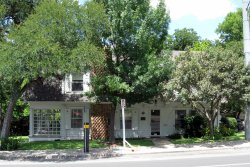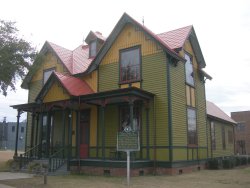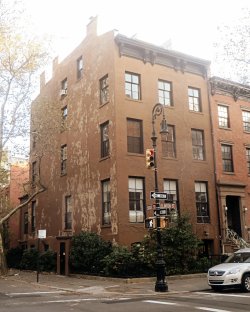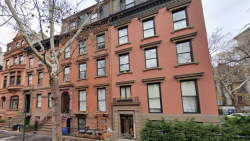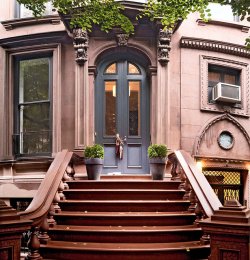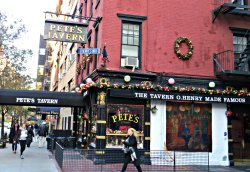J. Frank Dobie House
The Michener Center for Writers is housed in the historic J. Frank Dobie home adjacent to campus. A writer and chronicler of the folklore of Texas and the Southwest, Dobie published some twenty-five books in his distinguished career—among them The Longhorns, Apache Gold and Yaqui Silver, and Coronado’s Children—and from 1914 to 1947 was a member of the English faculty of the University of Texas. Until his death in 1964, Dobie met with students and colleagues in a kind of informal literary salon in the backyard of the house Waller Creek.
